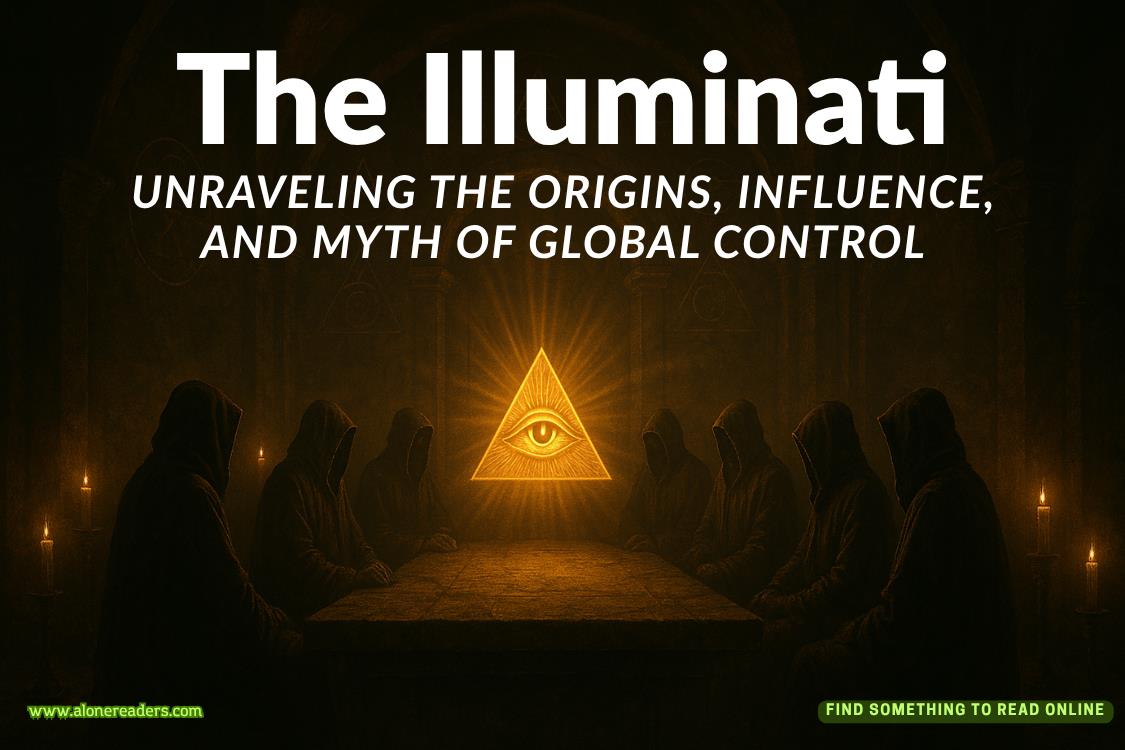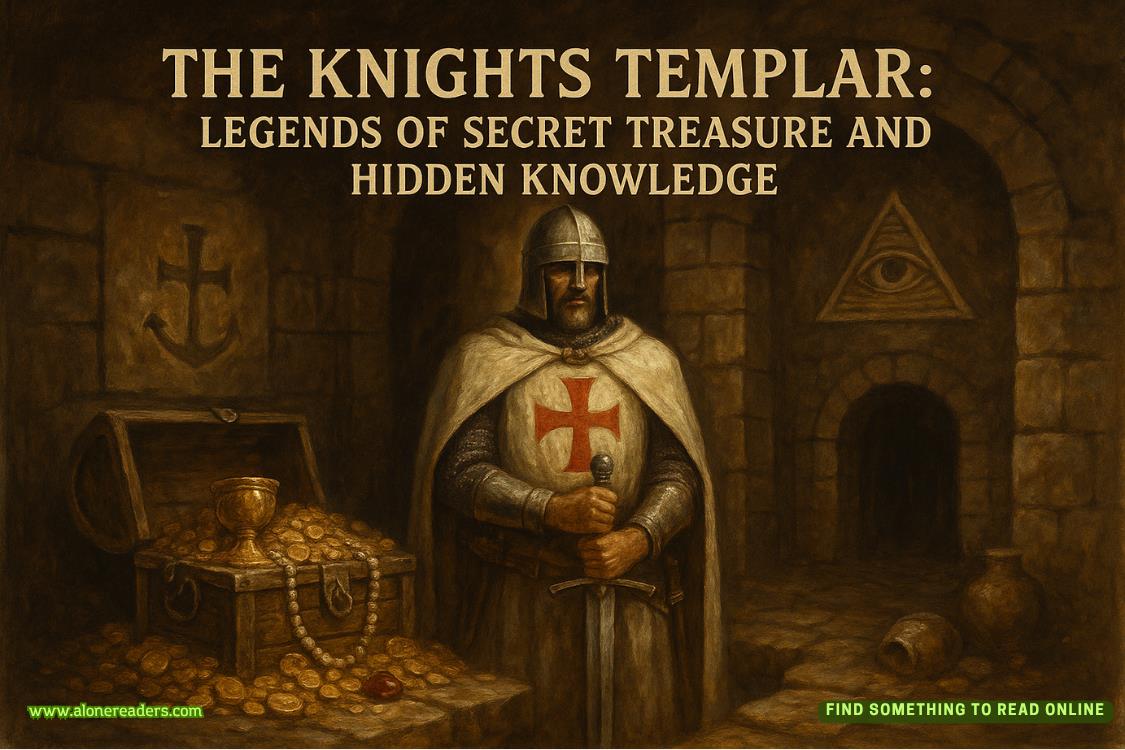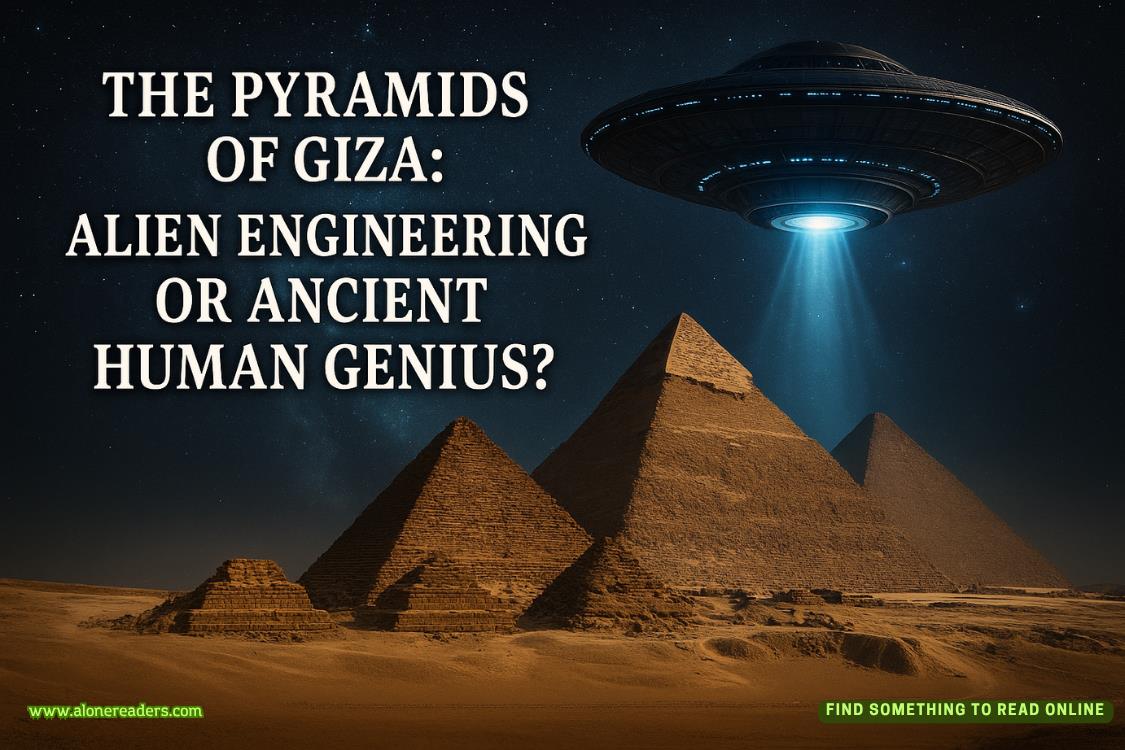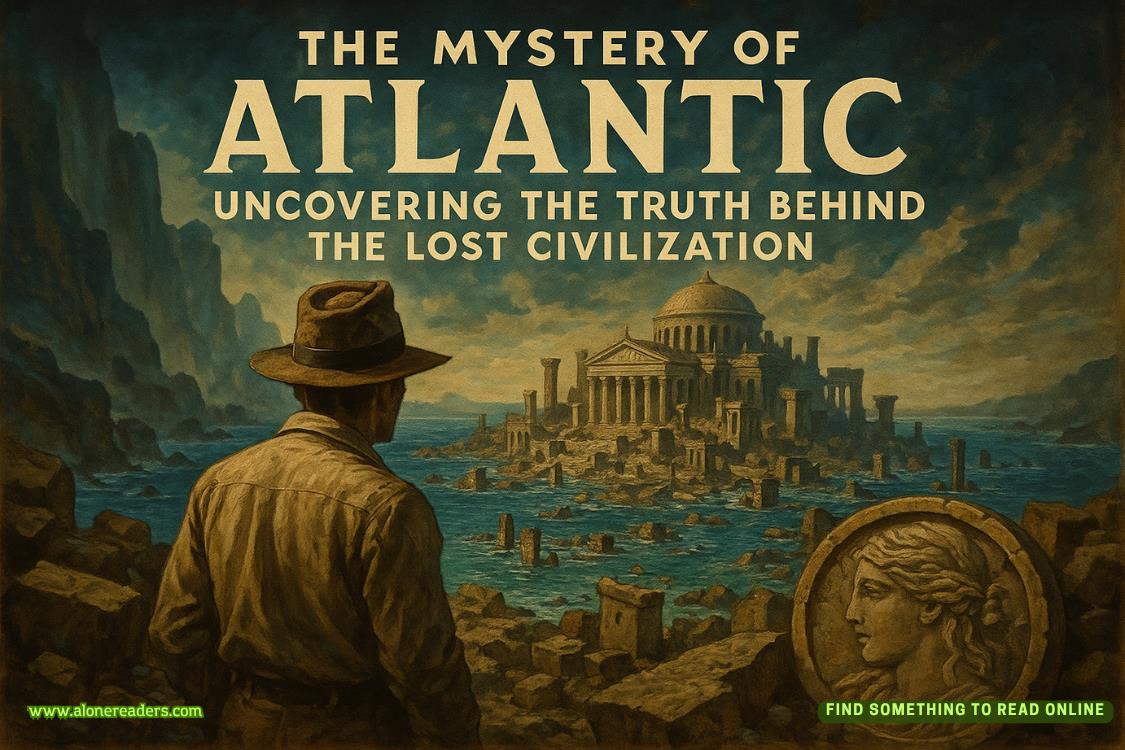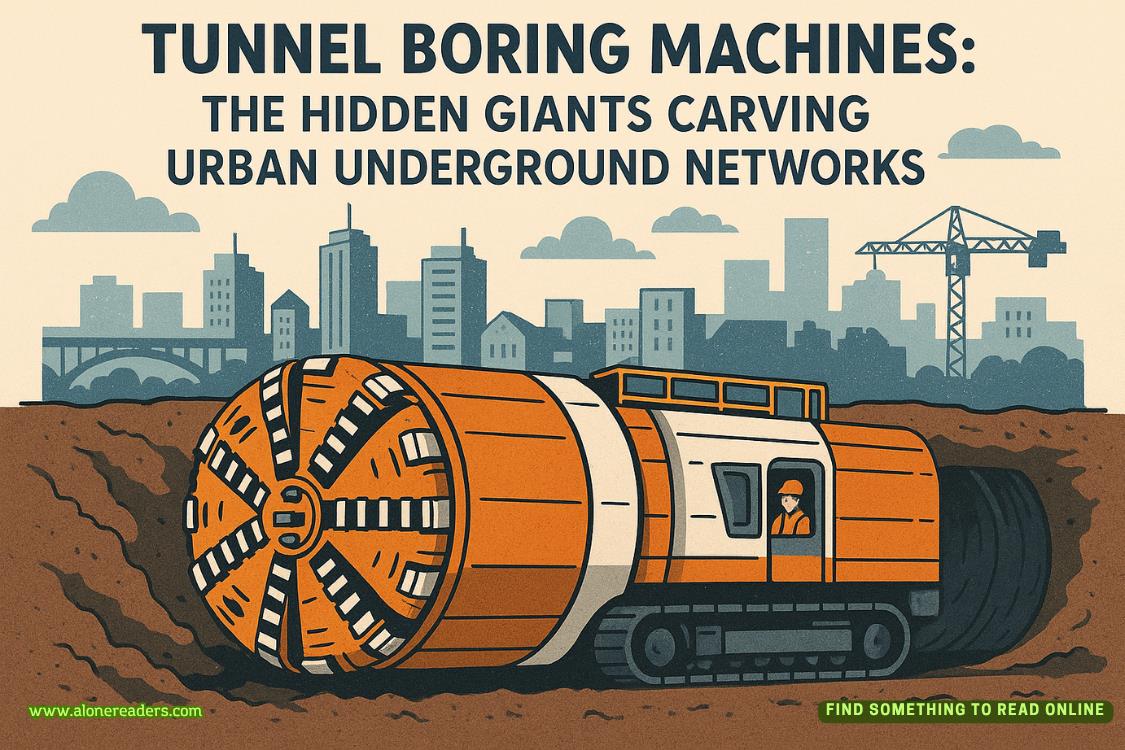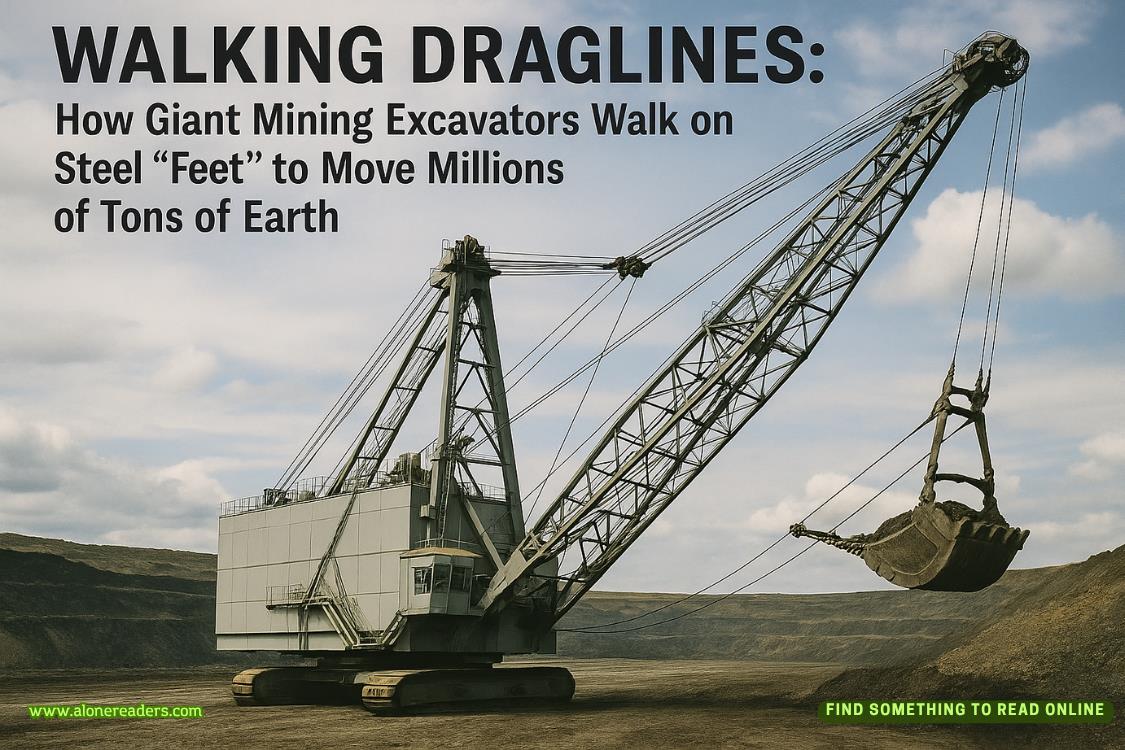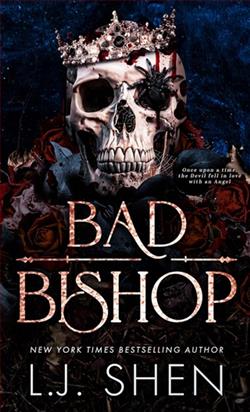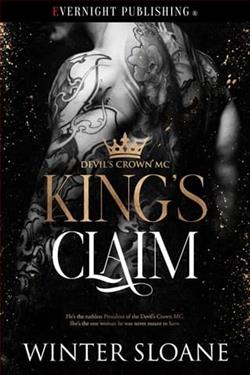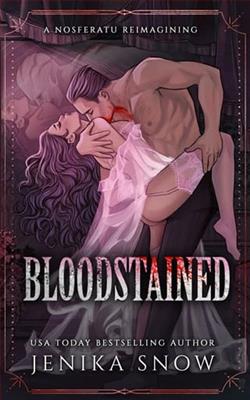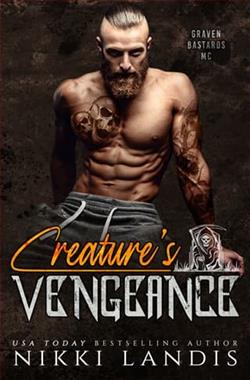Page 45 of Visions, Paws, and Claws
Luciano Orsini was short in stature, dressed in a dark suit. What little hair remained was white as snow, stark against his black skin. Wrinkles lined his forehead and cheeks, and his bright eyes appraised Vic. He sniffed, and his smile lit up his face.
“Welcome, brother.”
Vic gave a short bow. “Thank you for agreeing to this. And my apologies for having to keep the conversation in English.”
“No matter—I speak several languages. And all oral historians are welcome here. The pity is that few take advantage of that invitation. If you would follow me?” Orsini led the way out of the building, across the courtyard, and down a flight of steps past a niche containing a statue of Hadrian. The lower level was a curved wall, and set into it were small wooden doorsand windows, appearing for all the world like a row of terraced houses. Above each door was a terracotta-colored painting of a figure etched into the white wall. Orsini walked past them, under a stone archway, and stopped at an iron gate, beyond which a dark passageway headed lower. He opened the gate, and once Vic had followed him inside, he locked it.
“No one is allowed into the archives except for myself and the occasional visitor.” He smiled, his wrinkles deepening. “We don’t want tourists down here.”
Vic followed him down a flight of narrow, worn steps. The air was cool, a relief after the heat above. At the bottom of the stairs was a simple wooden door.
Vic stared at it, and Orsini chuckled. “You expected something more ornate? Such finery is reserved for the museum above us.” He opened the door, and Vic found himself in a small atrium. In front of them was a steel door.
“The archives are kept in a hermetically-sealed chamber. We must pass through two such doors.”
Finally they stood in a long, windowless room lit by electric lamps, its floor covered with stone flags made shiny with the wear of time. Some of the walls were covered with wooden doors, and around the perimeter of the room were stone caskets. Orsini pointed to them. “Those contain the artifacts.”
“How long have you been the archivist here?”
He smiled. “There has been an Orsini here for more than a thousand years. My family can trace its origins back to the year 998. Each new generation has taken on the noble task of protecting our heritage. My ancestor was a Roman nobleman, and at one point an Orsini married a descendant of Septimius Severus, the Roman emperor who ruled until 211 CE.”
“A noble task for a noble family,” Vic observed.
Orsini beamed. “A diplomat as well as an historian.” He indicated the two armchairs at the end of the room, bracketing asmall table. “Please, sit with me. I know why you’re here, so we should talk.”
Vic sat, and Orsini joined him. Vic knew what his first question would be.
“Then shiftershaveexisted for more than a thousand years?” Vic had known there were writings out there that referred to shifters; he’d just never seen any of them.
Orsini leaned back, his fingers steepled. “Longer than that, we believe. No one knows for sure, and there have been many different theories spouted as to our origins. I read an article recently where someone postulated that the eruption of a super volcano seventy thousand years ago introduced something new into the atmosphere, something that caused certain genes to mutate. Others claim we are the creation of a goddess. And there are even those who believe we simply ‘appeared’ because we were always fated to exist.”
“But there’s never been any proof to these theories,” Vic surmised.
“We have found sketches done on animal skins that would indicate the existence of shifters. Only last year, cave paintings were discovered in Indonesia depicting man-animal hybrids, hunting wild pigs and dwarf buffaloes. Therianthropes, scientists called these hunters. Some had the head or body parts of birds, reptiles…. And the paintings are believed to date back to forty-four thousand years ago.” He smiled. “So while such depictionsmayhave been the result of taking hallucinogenic substances, or some supernatural encounters, they may also be the first portraits of our shifter ancestors.” Orsini sighed. “We may never know, and to be frank, our time would be best occupied studying events from our more recent history, instead of speculating on our ancient past.”
“You’re talking about the Fridans and the Gerans.”
Orsini nodded. “And before you ask, I follow neither group. I prefer to follow the path of truth—when I find it.”
“So we do know when Ansger and Ansfrid existed?”
“Yes. We can date them to the year 1000. We can even give an approximate date—1046—to the now-famous argument that caused them to break away from each other.” Orsini paused. “But that is where the mystery begins, because that date wasnotwhen the two splinter groups came into existence.”
Vic went very still. “Then when was it?”
Orsini regarded him in silence for a moment. “Would it surprise you to learn there is no true record within these walls ofanyconflicts between shifters until around nineteen hundred? Beyond the usual petty squabbles, of course.”
What the—
“That can’t be right,” he murmured.
“I assure you it is. Of course, there may be artifacts that haven’t come to light yet, and they might paint a different picture, but….”
Vic leaned forward. “So what happened in nineteen hundred?”
Orsini frowned. “As far as we can tell, someone resurrected the brothers’ disagreement.”
“Resurrected?” Vic’s stomach roiled.
